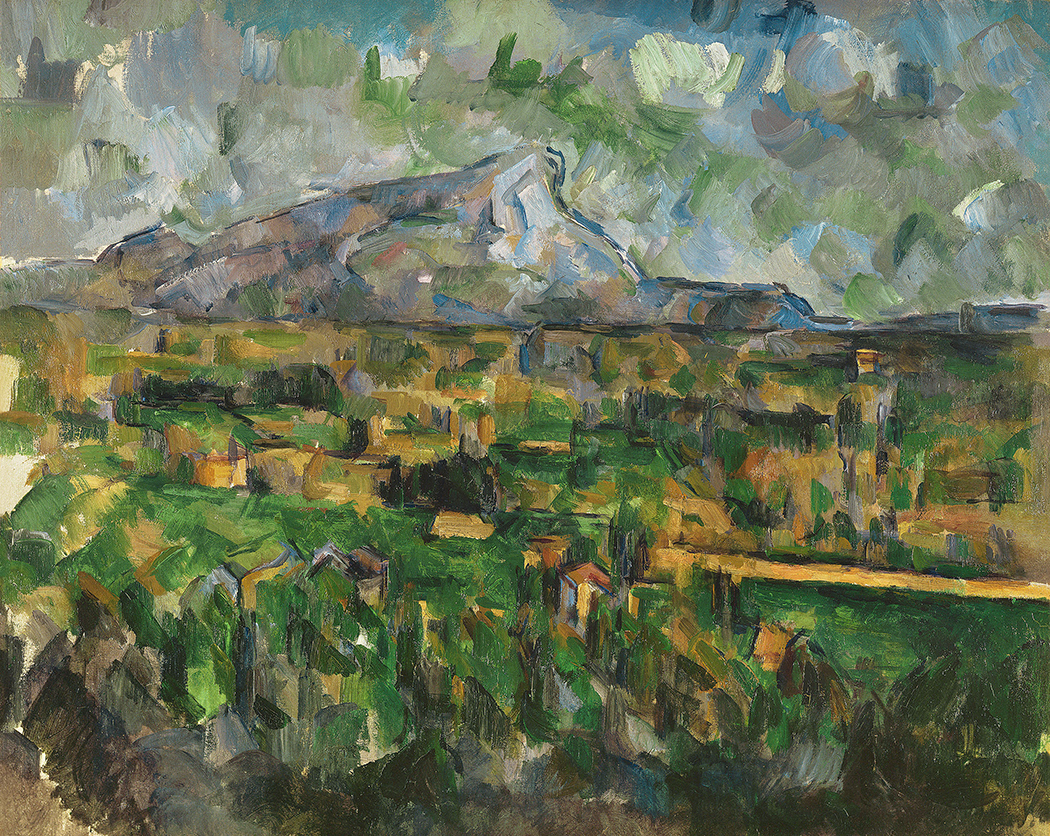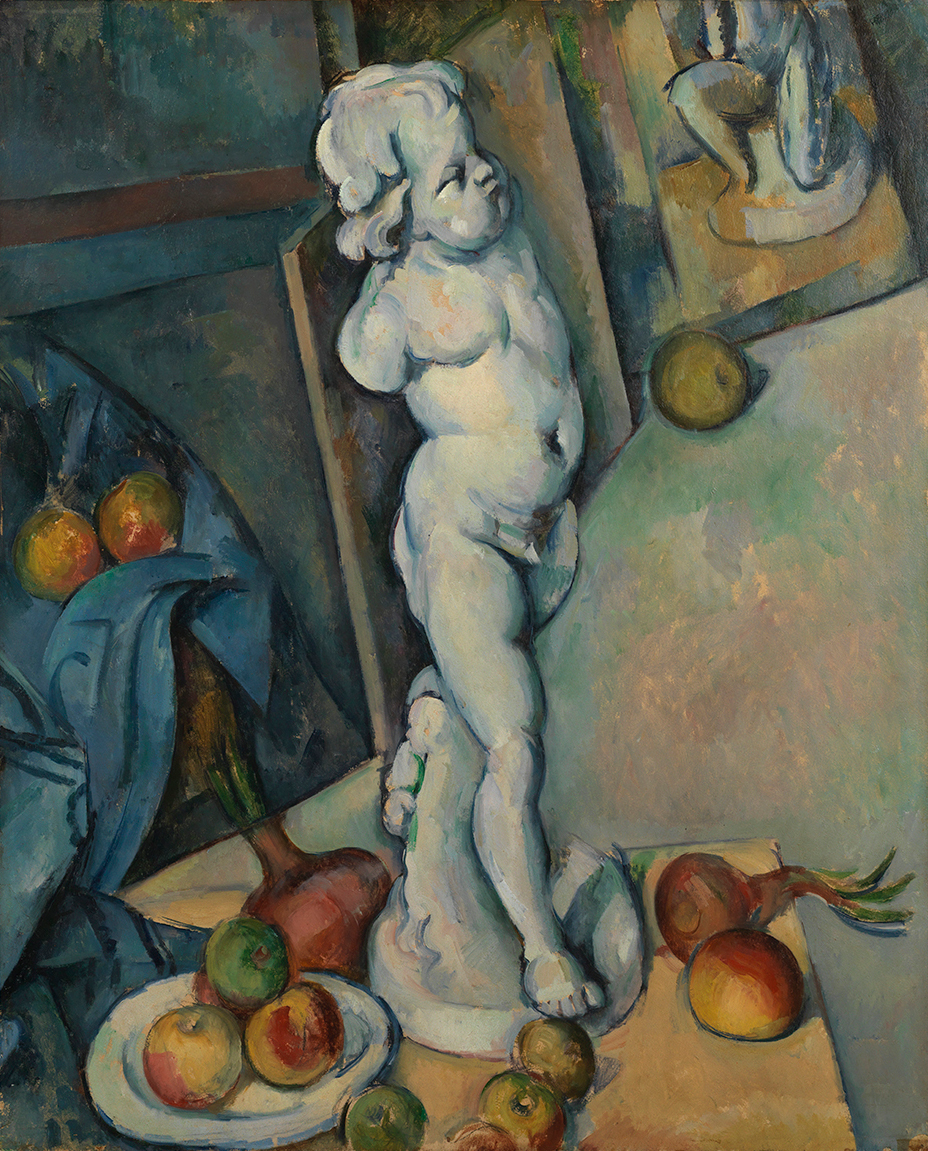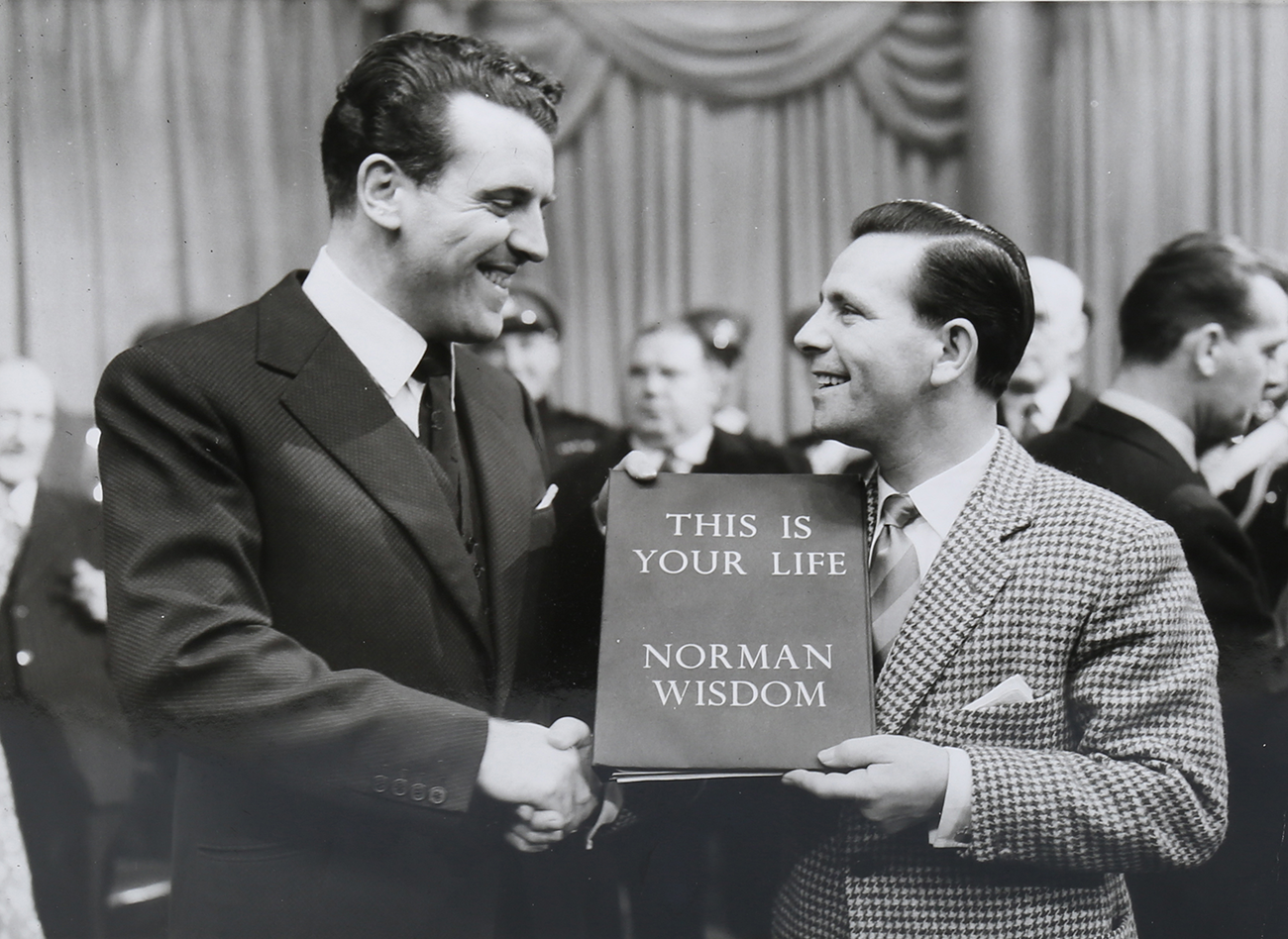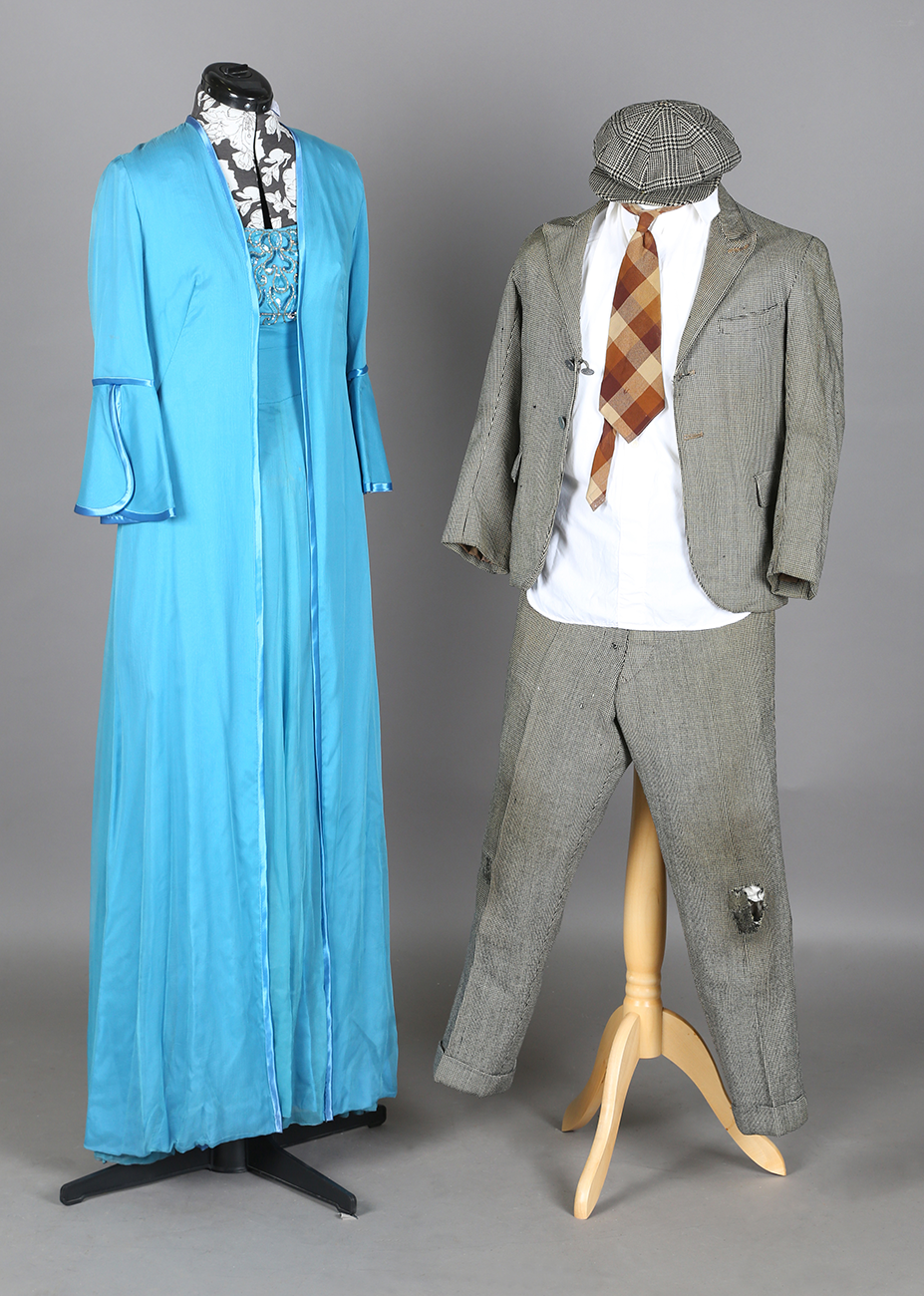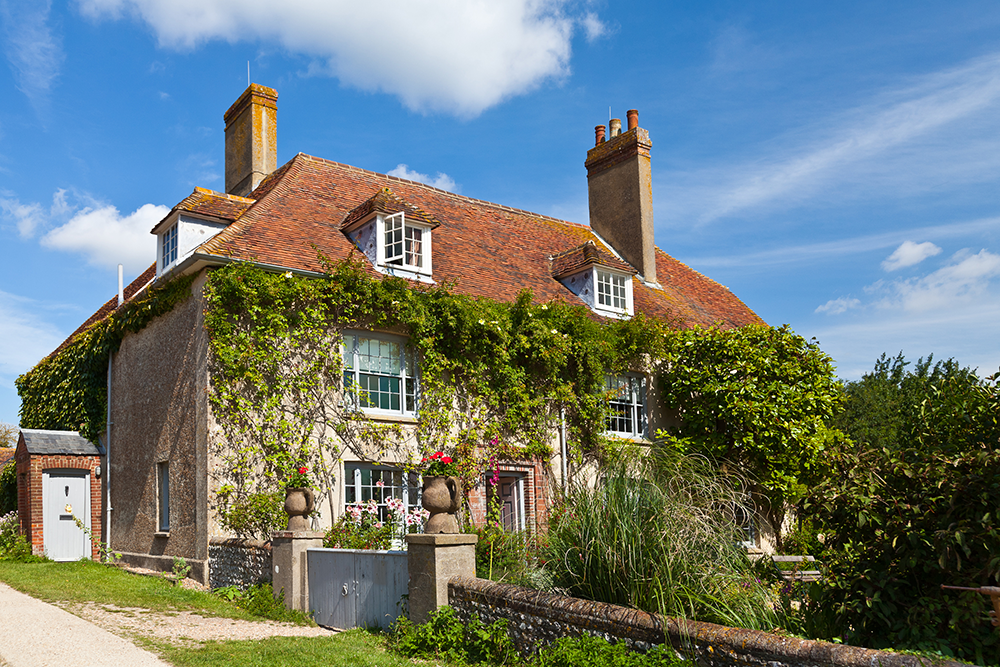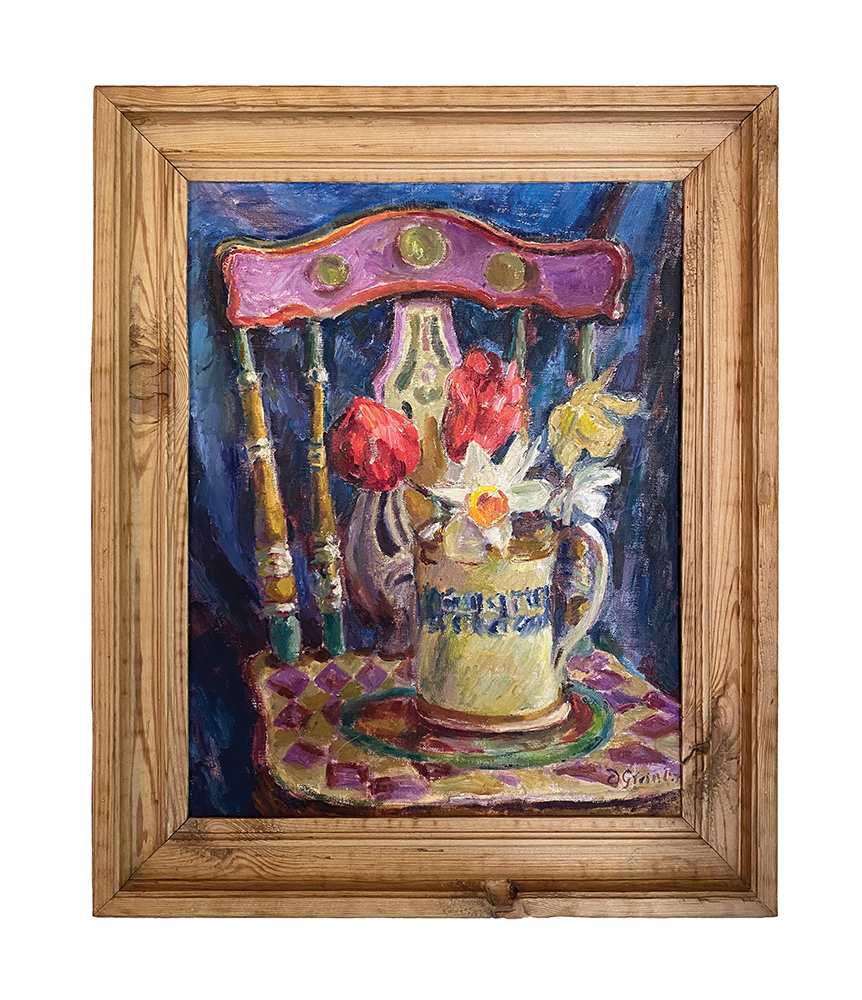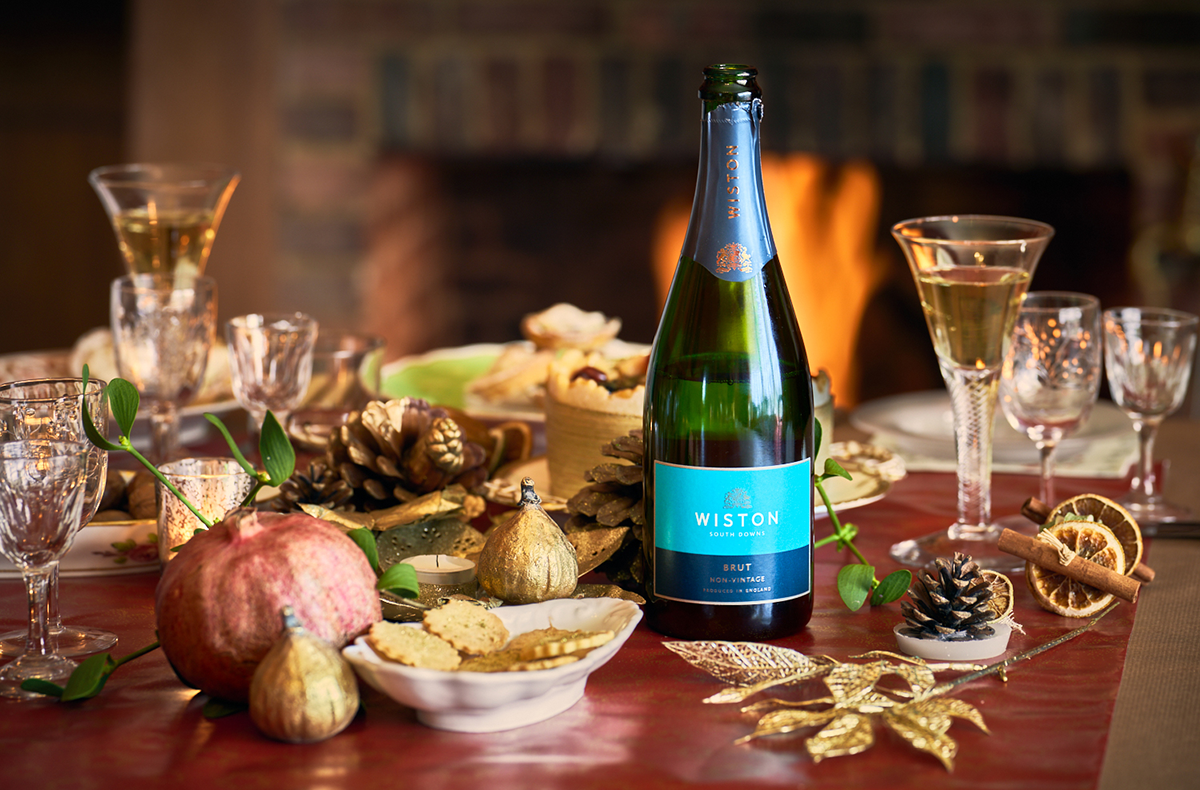
With Christmas approaching I’m heading for the Wiston Estate Winery and Chalk Restaurant to catch up with Kirsty Goring and do a bit of shopping.
The Goring family have long sought to share their blessings with the community and have stewarded the Wiston Estate since 1743. At the heart of Richard and Kirsty Goring’s vision is their desire to create a rural community where people and nature can work in concert with each other.
Kirsty greets me in the courtyard of the re-purposed barns, which recently won a Sussex Heritage award. I remark on the beauty of the setting. The lines of vines in the vineyard accentuate the hills and folds of the Sussex Downs in a landscape which would have delighted the artist Eric Ravilious. It is the chalk which blesses the vines and gives the Chalk Restaurant its name.
As we sit down in the fabulous Chalk Restaurant Kirsty says “For Richard and I the point of Chalk was for this place to be the welcoming heart of the estate…to create a rural meeting place where people, nature and enterprise can co-exist and flourish.” She explains how people come to enjoy Chalk’s beautiful food and Wiston’s exquisite award winning wines and end up celebrating the nature and countryside around them. Kirsty continues “We know that Sussex has such delicious produce and if you taste it when it’s fresh your tasting it at it’s best. And here at Chalk some of it is produced only metres away.” She describes how their chef, Bradley, is passionate about the best local produce and that even the fish comes from the day boats at Worthing.
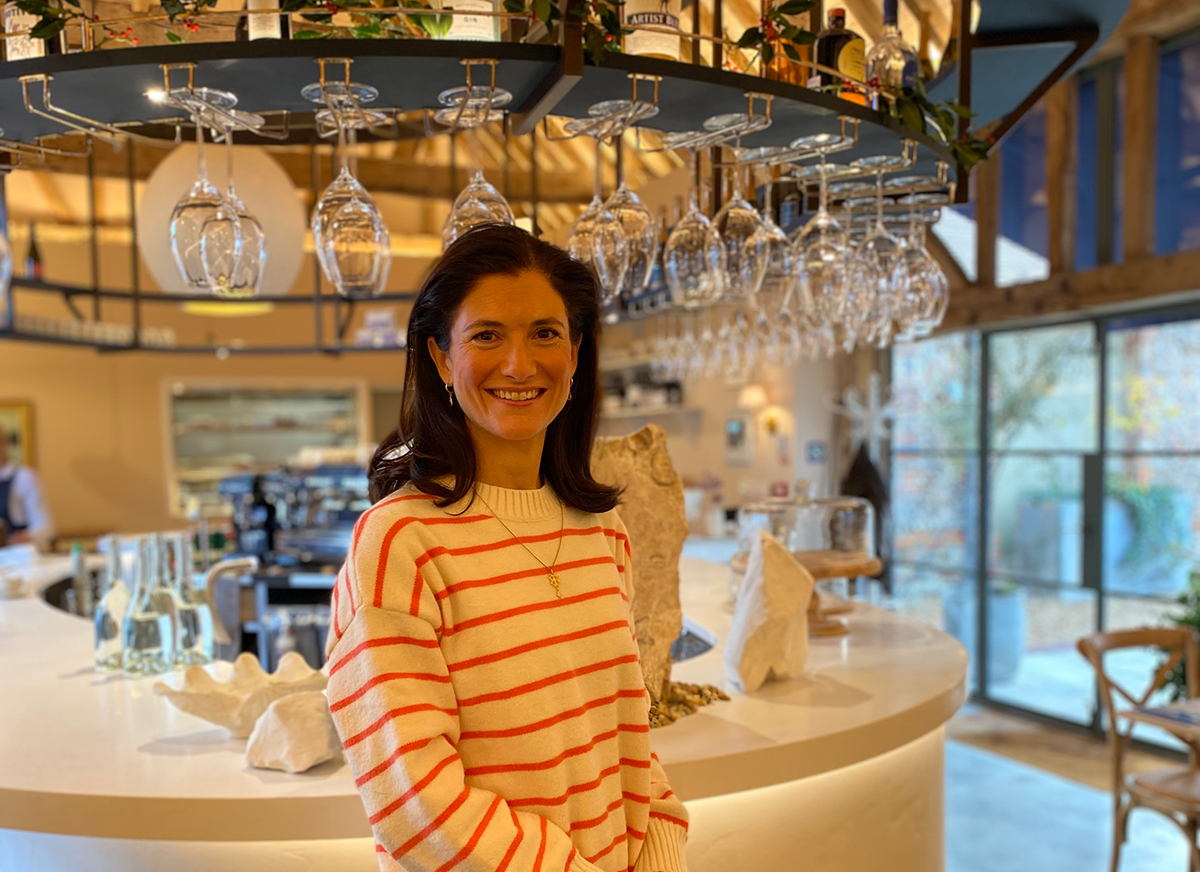
Kirsty speaks passionately about the importance of relationship, she remarks “It’s about long-term stewardship. We care for this land and we care about the communities that are here.” I comment on how hope-filled it is to see the return of employment to agriculture in new and exciting ways. She replies “Not only the return of employment but the return of community, a rural community. We are often employing forty people in the original vineyards and now across the estate we have eighty-two people on the books – and lots of them are young!”
Don’t let your Christmas be dull – lay in some fine Wiston wines!
And we are so blessed to be able to be together this Christmas so treat yourselves to an outing to Chalk whether that’s breakfast, lunch or dinner. After all shared, joyful memories bind families and friends together. To find out more visit wistonestate.com/visit/christmasatwiston.
